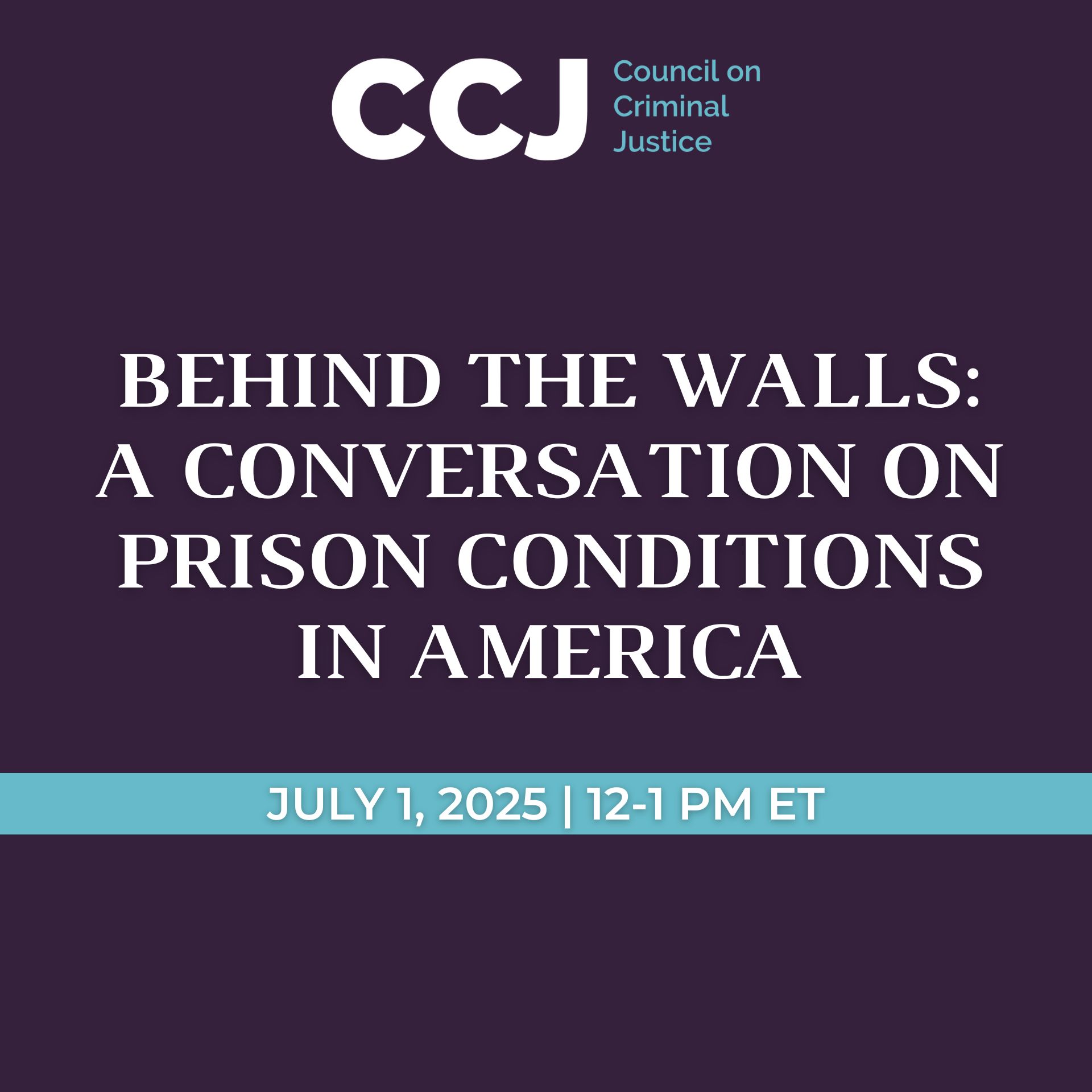Spotlighted Study: “More Than Public Service: A Field Experiment on Job Advertisements and Diversity in the Police” by Elizabeth Linos. 2018. Journal of Public Administration Research and Theory.
Program
Police departments are facing public pressure to increase diversity in law enforcement, and to replace poorly performing officers. Changing the composition of police forces requires changing who applies to become an officer in the first place, but many police departments across the country were struggling to attract a broader set of qualified applicants even before the George Floyd killing and ensuing protests. Recruiting more and different people will likely require different strategies than those used in the past. An intervention in Chattanooga, TN, aimed to attract more and different people to apply to become police officers. Postcard advertisements were sent to local households. Some postcards featured traditional messages related to public service, while others featured messages about the challenge of the job or policing as a long-term career.
Research Challenge
Most studies of what motivates people to become police officers focus on the characteristics of those who are already officers. Those studies typically find that current officers are strongly motivated by public service. It is unclear, however, if appealing to public service motivation is the best way to recruit more and different candidates who would also be good at the job. What would happen if departments appealed to different motivations? Often recruitment campaigns are changed due to recent events or as part of a broader policy shift. In such cases, it is difficult to distinguish the effects of the recruitment efforts from those other factors. Recruiters might also target different messages based on what they think will be most effective for a particular candidate. Again, this makes it difficult to tell whether the message itself has an impact, relative to what the prospective applicant would have done on his or her own.
Research Strategy
In partnership with the police department, the researcher conducted a field experiment to test the effectiveness of different recruitment messages on application outcomes. From an initial pool of approximately 22,000 households in the county (based on a list of registered voters), nearly 10,000 were randomly selected to receive postcards urging the recipients to apply to the police. Within that treatment group, four different messages were randomly assigned across the postcards that were sent. The remaining 12,000 registered voters did not receive postcards; they were the control group. Because it was random whether a household received a postcard, and which message they saw, we can be more confident that any observed effects of receiving postcards on application behavior was due to the postcards and messages themselves.
Results
People who received a postcard were twice as likely to apply to the police as those who did not receive a postcard. The effects varied by message. Those receiving traditional messages related to public service (“Are you ready to serve?” or “What would it mean to you?”) were no more likely to apply than those who were in the control group. In other words, recruitment strategies that emphasized the public service aspect of the job failed to bring in more or different applicants. The two other messages were much more effective. One emphasized that good officers “thrive in challenging environments” (“Are you up for the challenge?”) and the other stressed that policing “isn’t just a job” (“Looking for a long-term career?”). People who received either of these postcards were three times as likely to apply to the police as those who did not receive a postcard. These effects were even larger for people of color: non-white recipients of the “challenge” or “career” messages were four times as likely to apply to the police as those in the control group. Since this was a mass marketing campaign, the number of people who actually applied was relatively small (73 total applicants), but applicants from the treatment group were just as qualified (based on test scores) and persistent (based on drop-out rates) as those from the control group.
What drove the effect?
The study’s author argues that effective recruitment strategies provide information about the organization and the job that is (1) new to the candidate, (2) realistic, and (3) meaningful to the type of person the organization is trying to attract. In this case, the “challenge” and “career” messages were chosen because they could appeal to a different type of applicant but are still true to the role of a police officer and are likely to draw applicants who are a good fit for the job.
Cost-Benefit Analysis
The cost of sending postcards to 10,000 households was $4,000. Eight of the recipients ultimately joined the police force in Chattanooga; the implied cost is thus $500 per recruit. During this time period, the police department also had a referral program that paid officers a $500 bonus if an applicant made it to the final round. In addition, the postcard campaign is likely more effective at diversifying the police force. (A referral program necessarily draws from existing officers’ networks, which will typically be similar to the referring officer.)
Policy Implications
This study demonstrates that low-cost ways to recruit more and different police officers are currently underutilized. Traditional campaigns that only appeal to public service motivations will miss many potential applicants who could be well-suited for police work. The author of this study has run similar experiments with other police departments, finding some variation in results across contexts. Marketing campaigns like the one described here are relatively inexpensive, and could easily be conducted elsewhere to figure out what works best for a given police department.



